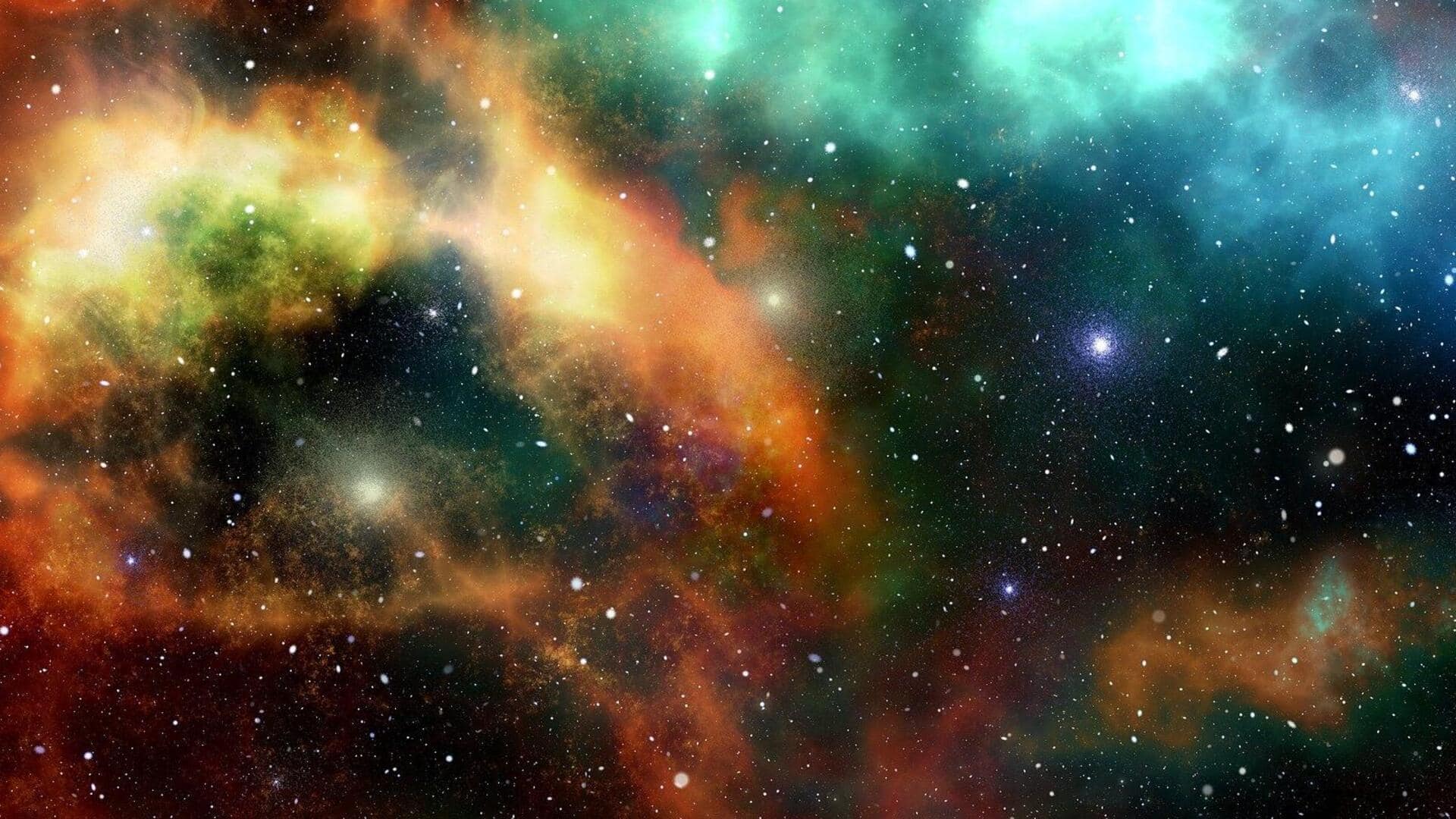Unraveling the Origins of the Universe: Studying the 21-centimeter Signal
Key Ideas
- The 21-centimeter radio signal, originating 100 million years after the Big Bang, provides insights into the masses of the earliest stars.
- Projects like REACH and SKA aim to study the Cosmic Dawn by analyzing the 21-centimeter signal and mapping cosmic fluctuations.
- Researchers led by Professor Anastasia Fialkov have modeled the 21-centimeter signal's sensitivity to the masses of first stars, highlighting the impact of X-ray binaries.
- Despite not capturing vivid images like optical telescopes, radio astronomy offers a unique perspective on the early universe, revealing information about populations of stars, X-ray binaries, and galaxies.
An international team of astronomers, spearheaded by the University of Cambridge, has unearthed a fascinating method to delve into the masses of the earliest stars by studying a specific radio signal known as the 21-centimeter signal. This signal, generated by hydrogen atoms bridging the gaps between star-forming regions, emerged just 100 million years post the Big Bang. The 21-centimeter signal, a faint energy imprint from over 13 billion years ago influenced by the early stars and black holes, grants a rare peek into the infancy of the universe. This discovery is deemed a unique chance to fathom how the universe's first light emerged from the darkness, as stated by Professor Anastasia Fialkov from Cambridge's Institute of Astronomy. Two significant projects, REACH and SKA, are pivotal in unraveling the mysteries of the Cosmic Dawn. REACH, a radio antenna project in its calibration phase, promises to unveil crucial data about the early universe. Simultaneously, the Square Kilometer Array (SKA), a massive array of antennas currently under construction, aims to map cosmic signal fluctuations across vast cosmic expanses. The team, under Fialkov's guidance, meticulously simulated the 21-centimeter signal's behavior for both REACH and SKA, revealing its sensitivity to the masses of the first stars. They concluded that previous studies had underestimated this connection due to overlooking X-ray binaries among the early cosmic giants. Although radio astronomy does not produce detailed images like optical telescopes, it offers a statistical analysis of faint signals that shed light on populations of stars, X-ray binaries, and galaxies. Professor Fialkov emphasized the profound implications of connecting radio data to the narrative of the first stars, showcasing the importance of this research.
Topics
Projects
Research Projects
Astronomy
Cosmic Dawn
Radio Signals
Early Stars
X-ray Binaries
Population III Stars
Cosmic Giants
Latest News
